Contents
Landmarks
PageList
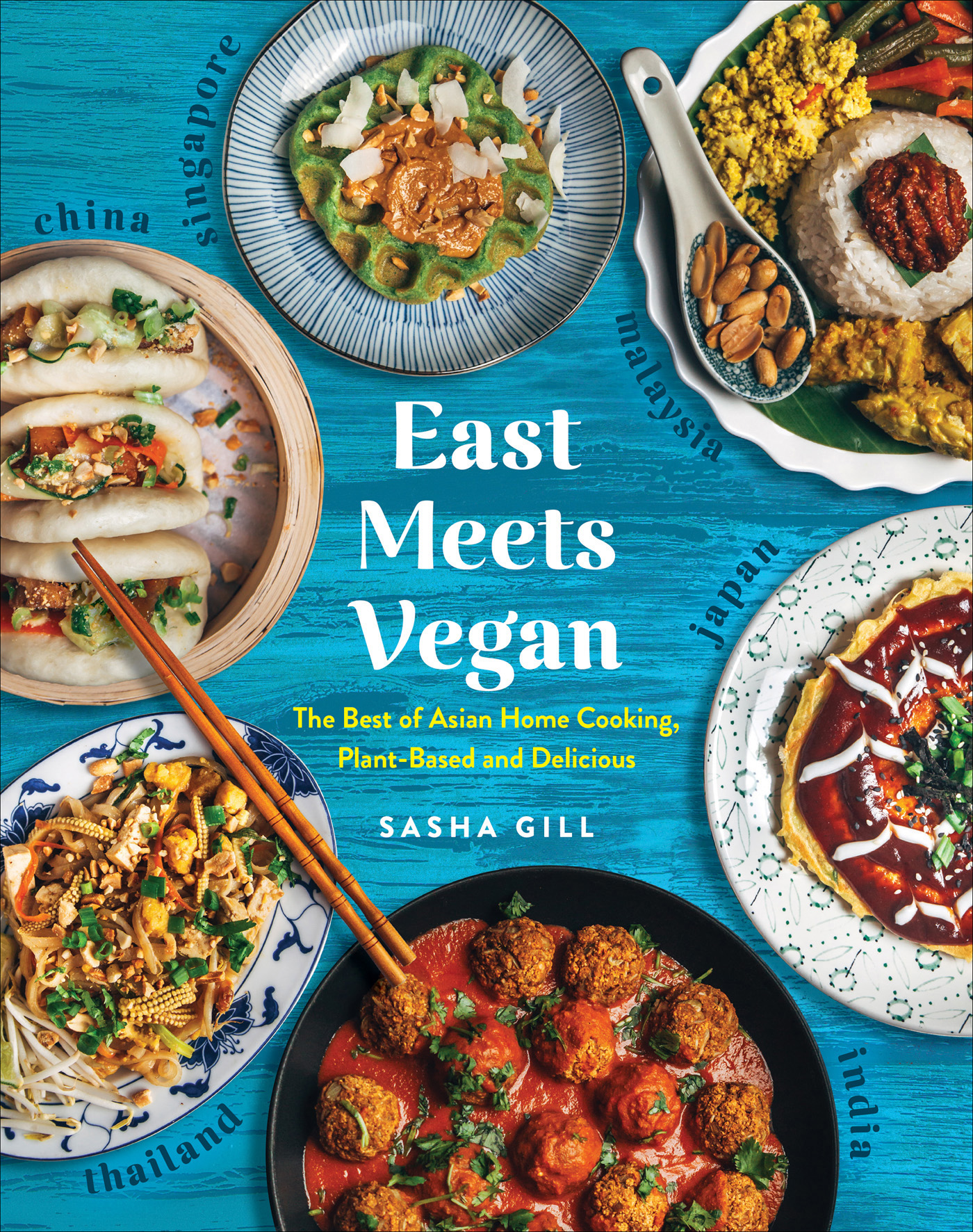


Introduction
I grew up in the kitchen. Some of my earliest memories revolve around helping my mother make pineapple tarts. Hands off the pineapple jam! Or flipping through my nanas handwritten recipes, the pages stained with little bits of butter mementos of the curries they helped to create. I loved helping around the kitchen. Not because, at the age of seven, I was terribly interested in the cooking itself; it was more about what I could sneak a taste of when no one was looking. My sister and I used to have a deal: She would get to lick the bowl clean, while I got the balloon whisk, its crevices hiding little pockets of cake batter. Cooking and eating is the one thing my family loved to do, and we do it well.
I moved from Singapore to the UK for secondary school, convinced I wouldnt miss home. I was so excited to jump headfirst into my new life in a country with a cold climate and soft grey skies (in hindsight, creature of habit that I am, such a change must surely have terrified me). I lasted two weeks before I missed home, my family, proper sunshine, and my favorite popiah spring rolls. When the summer holidays finally rolled around, I returned and stuffed myself silly with popiah: juicy, stewed jicama encased in paper-thin crpes, studded with roasted peanuts. How I had missed it!
Nowadays, studying medicine at Oxford University, I spend my time trying to master the art of getting out of bed by seven in the morning (I am not quite there yet), and pushing the boundaries of how long I can leave a bike unlocked without it getting stolen (hint: dont). The kitchen, however small and lackluster it may be, is and will remain my happy place. Clichs aside, cooking is my escape. When life is a whirlwind of activity that sets my head spinning, cooking grounds me. And life, as we all know, is often a whirlwind.
I had toyed with the idea of vegetarianism many times before, but always had an excuse not to take the leap. Until one day, none of those excuses seemed good enough anymore. When I was seventeen, I decided to stop eating meat. A few months later, I stopped eating animal products altogether. Going vegan wasnt as hard as I had imagined, although my decision was met with a copious number of questions. So, what do you eat? Dont you need protein? Doesnt it get boring just eating salad? Dont you miss it?
Deep down, I did miss it. I missed my favorite tandoori chicken and my grandfathers famous sugee cake. I missed being able to eat all the things I used to love. It wasnt the meat or the eggs and dairy that I craved, but the flavor.
As I got better at cooking plant foods I realized that the deep flavors I missed so much did not have to come from animal products. I made alternative versions of family recipes, one by one, trying to keep everything as authentic as possible. These were not lesser versions of their non-plant counterparts, or something only I enjoyed. They had a spot in the center of the dinner table, so that everyone plant-eater and carnivore alike could help themselves.

Singapore, which I still call home, is a melting pot of cultures, and with this comes an extraordinary array of food. As a greeting, you get asked, Are you hungry? before anything else. With people drawn from all across Asia and beyond, food is our universal language. I feel lucky to have been surrounded by such a wonderful, diverse food scene for so much of my life. That is why I decided to write this book. I want everyone to be able to enjoy the amazing food Asia has to offer, in their own homes. And, hey, it just so happens to be plant-based, too! With all the incredible spices and sauces, you dont miss anything. Not at all.
Some may be intimidated by Asian cooking. The variety of Indian spices can dazzle even the bravest home cook, and it might be difficult trying to wrap your head around ingredients with foreign names. This book is here to help you. As a university student, I get that spending too much time and money cooking can be a worry. Trust me, I do. The recipes in this book are all designed to be accessible, affordable and easy to whip up. So, whether its a snappy Monday packed lunch or a Friday evening get-together, youll find a recipe perfect for the occasion.
Most importantly, this book isnt about restriction. Rather, it is a celebration of abundance, a celebration of plant foods and all the amazing things they can do.
So what do I eat? I eat plants. And they are pretty awesome.

Recipe notes
Before starting a recipe, read it through at least once so you have a general idea of what to do. I also like to have everything measured out in little bowls before I start, just to make things easier.
All measurements in this book are as follows:
1 tablespoon = 20 ml
1 teaspoon = 5 ml
1 cup = 250 ml
If the way an ingredient should be prepared is given before the ingredients name, measure it only after prepping it. If the preparation appears after the name, measure the ingredient whole, then chop, grind, mince or sift as appropriate. This affects the weight of the ingredient you are using, so its important! For example: 1 cup sifted flour is 120 g, and is measured after the flour is sifted into a bowl; 1 cup flour, sifted or just 1 cup flour is 150 g, and is scooped from the package straight into the measuring cup, and then sifted into a bowl with the other ingredients.
All ginger, garlic, shallots and onions called for are peeled before use. Shallots are red Asian shallots, unless specified.
All sugars and syrups can be swapped, except in the baking recipes. When baking, syrups are interchangeable (e.g., you can swap rice syrup for maple syrup) but not dry sugars.
All vegetable oil is interchangeable in these recipes try to use a neutral-flavored oil. But if sesame oil, coconut oil or vegan butter is explicitly called for, do not substitute it.
All plant milks used are interchangeable, unless a specific milk is stipulated in the recipe.
 GF indicates that a recipe is, or can be made, gluten-free.
GF indicates that a recipe is, or can be made, gluten-free.
 This spicy symbol indicates a chili-hot dish see for a note on heat levels and how to adjust them to your own taste and tolerance.
This spicy symbol indicates a chili-hot dish see for a note on heat levels and how to adjust them to your own taste and tolerance.
Pantry essentials
I like to keep a well-stocked pantry, so that if I am ever busy, or running late, I save myself a trip to the shops. If you are just building up your own pantry, start small. Buy new ingredients as you need them, and soon enough you will have built up your own repertoire of aromatic spices and multicolored purees. Asian cooking calls for many different pastes, spices and other little bits, which can often be overwhelming. Here is a list of some of the more niche ingredients used in this book, where to find them, or how to substitute them if you cant get them where you live. A general rule of thumb in your search for some of these ingredients (as with most things you will ever need to buy) is that you can almost always find them online.



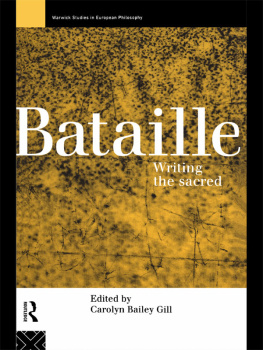




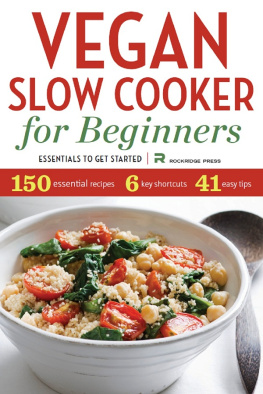
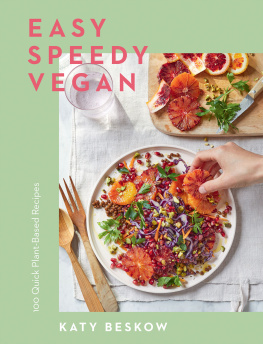
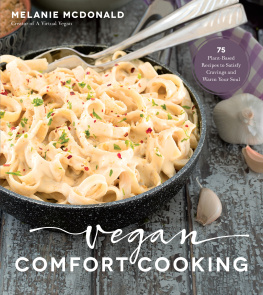
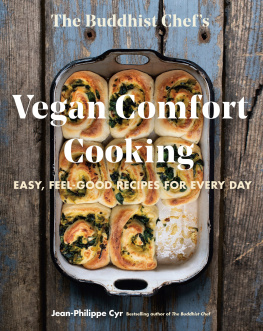

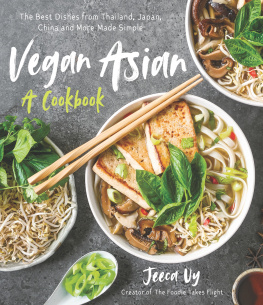
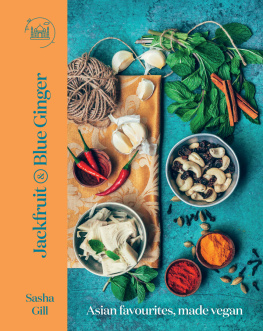
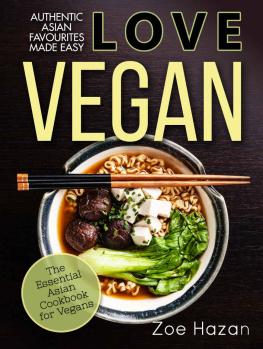
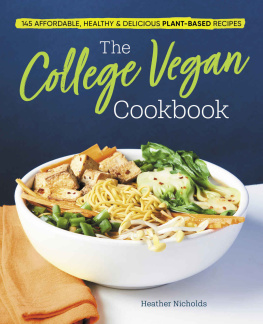
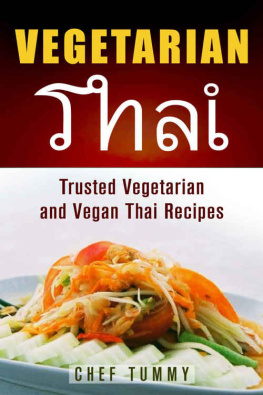





 GF indicates that a recipe is, or can be made, gluten-free.
GF indicates that a recipe is, or can be made, gluten-free. This spicy symbol indicates a chili-hot dish see for a note on heat levels and how to adjust them to your own taste and tolerance.
This spicy symbol indicates a chili-hot dish see for a note on heat levels and how to adjust them to your own taste and tolerance.